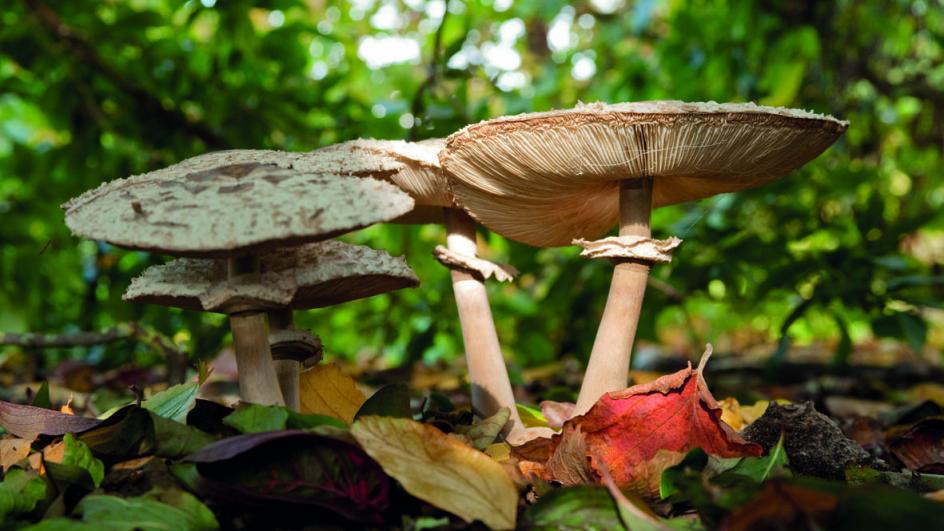
November Newsletter
Kew Symposium on The State of the World’s Plants and Fungi 2023
A Race Against Time
Our Director, John Curtis, recently attended the three-day symposium at Kew’s Jodrell Laboratory titled, “The State of the World’s Plants and Fungi.”
To conserve the world’s plants, we first have to know what they are and where they are – no small task. The World Checklist of Vascular Plants now holds records for 350,386 species and the number is growing as so-called dark spots are explored and catalogued by taxonomists.
For example, Dr. Mijoro Rakotoarinivo and colleagues in Madagascar have added more than 100 new, and previously unknown, species of palms endemic to Madagascar in the last 6 years through exhaustive field work. Analysis has shown that 221,399 plants are classified as endemics, meaning they grow in only one country. For example, VBG’s old friend, Echium wildpretii, is only found on Tenerife. Of these endemics, 58% have no threat assessment meaning it is hard to know where to start conservation efforts.
Increasingly plant scientists are prioritising which dark spots to research and using models to predict extinction rates. 45% of known flowering plants are at risk of extinction and it is predicted that 3 in 4 of the world’s undescribed plants are at risk of extinction due to habitat loss from the twin pressures of development and agriculture. These are very sobering numbers. The fear is that extinction rates are outstripping the discovery rate. Climate change is influencing the ranges of many vascular plants, but models show that development and agriculture are larger threats.
The Convention on Biological Diversity is the international treaty that governs protection of the world’s ecosystems. The 2022 Kunming-Montreal biodiversity agreement includes the key global target to restore 30% of degraded ecosystems globally (on land and sea) by 2030, a landmark agreement wherein countries are required to submit their biodiversity plans to the U.N.
The symposium also encompassed fungi, a largely unknown kingdom given that 95% of the world’s fungi have not yet been identified, described or assessed. At the current rate of discovery 750 to 1,000 years would be needed to describe the likely number of fungi species. Advances in gene sequencing should allow faster classification using molecular data. To dive into the world of fungi John recommends Merlin Sheldrake’s recent book, “Entangled Life.”
The field of plant taxonomy is slowly changing as recognition of the role that ecosystems play in plant conservation leads scientists to collect soil and fungi samples alongside traditional taxonomic data. A single tree species has roughly 200 unique associated fungi. It is easy to argue that to conserve the tree one needs to also conserve this support network. Our own work at VBG focuses on this ecosystem premise, namely that plants grow better in association with the above and below ground neighbours found in their source habitat.
The use of gene sequencing of both living and fossil material has enabled plant scientists to better understand historical extinction rates across geologic periods. The migration of Cycads from the Carboniferous period to today’s Anthropocene shows how these ancient plants responded to previous changes in climate. 68% of the cycads are at risk of extinction today. In 2019 VBG reported the first known instance of cone production by a male and female Cycad (Cycas revoluta) in the U.K. on the Canna Bank and in the Arid Garden respectively.
John reflected of this years State of the Worlds Plants and Fungi Symposium in contrast to the one he attended in 2017, “It was clear to me that data science, computational biology and artificial intelligence are changing the practice of taxonomy and plant conservation.” Given the time pressure to identify all the world’s plants and fungi, modelling techniques and predictive models are fundamental – not the usual preserve of a taxonomist. “Plant science and mycology are being dragged into a multi-disciplinary world, a world where big problems cannot be solved by a single discipline, a world where institutions like Kew have to collaborate outside their traditional field of play,” John added.
To view the full State of World’s Plants and Fungi 2023 Report please visit https://www.kew.org/sites/default/files/2023-10/State%20of%20the%20World%27s%20Plants%20and%20Fungi%202023.pdf
